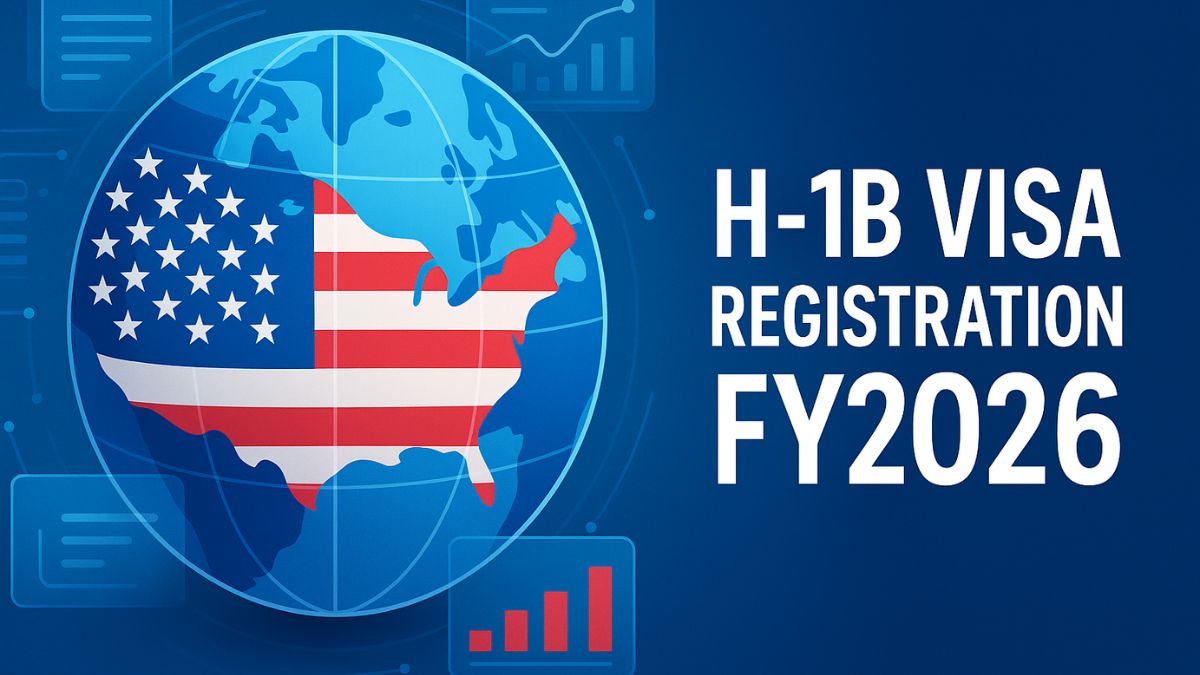
- January 11, 2025
- Heisenberg
- 0
Work immigration is a crucial step for individuals seeking career opportunities in foreign countries. It allows professionals to work legally in another country, often leading to personal and professional growth. This process can be complex, involving various legal, cultural, and logistical aspects. Understanding how work immigration works and what steps to take can empower job seekers to make informed decisions and achieve their career goals abroad.
This guide aims to break down the essentials of work immigration, covering types of visas, eligibility criteria, documentation requirements, and tips for a smooth transition. Whether you’re a first-time immigrant or someone exploring new opportunities, this comprehensive guide has you covered.
What is Work Immigration?
Work immigration refers to the process of moving to another country for employment purposes. It typically requires obtaining a work visa or permit, which grants legal permission to live and work in the host country. The specific rules and requirements vary by country, but the fundamental goal is to align the needs of the local job market with the skills of foreign professionals.
Types of Work Visas
Different countries offer various work visas tailored to specific job roles and durations. Here’s a brief overview of common types:
| Type of Work Visa | Description | Example Countries |
| Temporary Work Visa | Allows short-term employment, often in seasonal jobs. | USA, Canada |
| Skilled Worker Visa | For professionals in high-demand fields. | UK, Australia |
| Intra-Company Transfer Visa | For employees relocating within the same company. | USA, Germany |
| Freelance or Self-Employment Visa | For independent workers or entrepreneurs. | Netherlands, UAE |
Knowing the right visa for your needs is essential, as each comes with specific conditions and privileges.
Eligibility Criteria
Eligibility for work immigration depends on factors like education, work experience, language proficiency, and job offers. Common criteria include:
- Job Offer: A confirmed job offer from an employer in the host country.
- Skill Assessment: Meeting the skill or qualification requirements set by the country.
- Language Proficiency: Proof of language skills through standardized tests (e.g., IELTS for English).
- Clean Record: A clear criminal background check.
- Health Assessment: Medical examinations to ensure fitness for work.
Meeting these criteria increases the likelihood of visa approval, but additional requirements may apply depending on the destination.
Steps to Apply for a Work Visa
- Research Visa Options: Understand the types of visas available for your target country.
- Secure a Job Offer: Obtain an offer letter or contract from an employer.
- Prepare Documentation: Gather essential documents like a passport, employment letters, and qualifications.
- Submit an Application: Apply through the country’s official immigration website or embassy.
- Attend Interviews or Biometrics: Participate in required interviews or provide biometric data.
- Wait for Approval: Processing times vary; patience is key.

Challenges of Work Immigration
While work immigration opens doors to global opportunities, it comes with challenges:
- Lengthy Processes: Visa approvals can take months.
- Cultural Adjustments: Adapting to a new culture and work environment.
- Legal Complexities: Navigating immigration laws and compliance.
- Financial Costs: Application fees, relocation expenses, and living costs.
Tips for Successful Work Immigration
- Stay Informed: Regularly check official immigration websites for updates.
- Seek Professional Guidance: Consult with immigration advisors or lawyers if needed.
- Improve Skills: Enhance language proficiency and gain qualifications in demand.
- Network: Connect with professionals in your target country to increase job prospects.
Key Takeaways
- Work immigration enables professionals to work legally in foreign countries, often through a visa or permit.
- Different types of work visas cater to various roles, industries, and durations.
- Eligibility often requires a job offer, skills, and language proficiency.
- The process involves research, documentation, application, and patience.
- Challenges like cultural adjustment and legal complexities are common but manageable.
Conclusion
Work immigration can be a life-changing journey, offering immense personal and professional growth. By understanding the process and preparing thoroughly, job seekers can increase their chances of success. Always rely on trustworthy resources and seek guidance when needed.
Explore our blog for more information!




